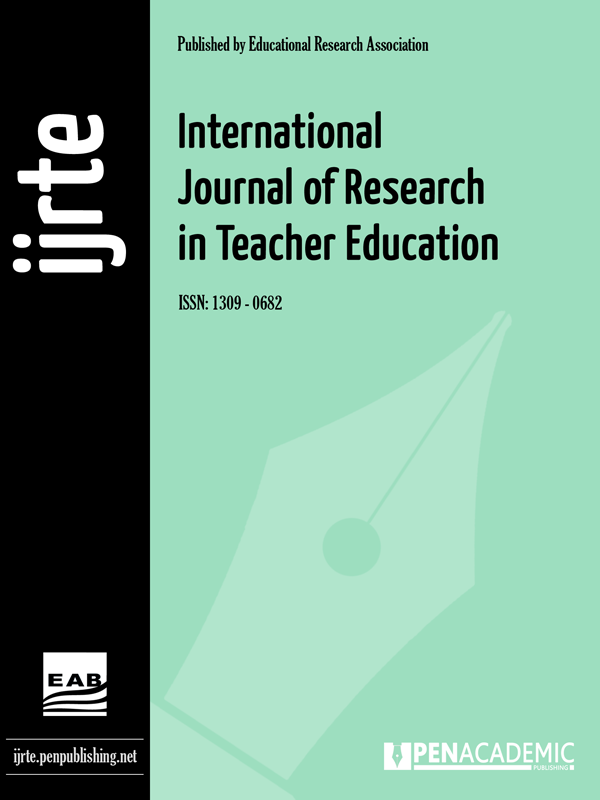Original article | International Journal of Research in Teacher Education 2017, Vol. 8(3) 11-20
Determining the Effectiveness of Technology Supported Guided Materials Based on Cognitive Load Theory Principles Related to Solar System
Erdem Kaya, Salih Çepni & Sibel Başoğlu
pp. 11 - 20 | Manu. Number: MANU-1712-12-0001
Published online: December 27, 2017 | Number of Views: 110 | Number of Download: 673
Abstract
The aim of this study is to investigate the effect of guided materials based on Cognitive Load Theory principles related to solar system on 7th grade students’ performance, cognitive load and instructional efficiency. Semi-experimental research design was used in this study. Main application is carried out with 67 7th grade students and one science and technology teacher in Ordu. Data are obtained with; science test, performance test and Cognitive Load Scale. Science test was used as a pretest to determine the equivalency of the groups. Performance test and Cognitive Load Scale were implemented at the end of the learning session. The quantitative data analyzed with independent samples t-test was used to compare the differences of the experimental and control groups.
It is determined that guided materials based on Cognitive Load Theory principles made significant meaningful effect on students’ performance and cognitive load compared with current instruction program. It was found that; learning environment enriched with animations developed Cognitive Load Theory principles provide the learning environment by having fun, permanent and meaningful learning. Compared to students in the control group, students in the experimental group learned with technology supported guided materials based on Cognitive Load Theory principles have lower cognitive load and it was concluded that they provide more effective learning.
Keywords: Cognitive Load Theory, Cognitive Load, Instructional Efficiency, Animation
| How to Cite this Article? |
|---|
|
APA 6th edition Harvard Chicago 16th edition |
| References |
|---|
|
Aldağ, H., & Sezgin, M. E. (2002). Multimedia uygulamalarında ikili kodlama kuramı. Marmara Üniversitesi Atatürk Eğitim Fakültesi Eğitim Bilimleri Dergisi, 15, 29-44.
|


